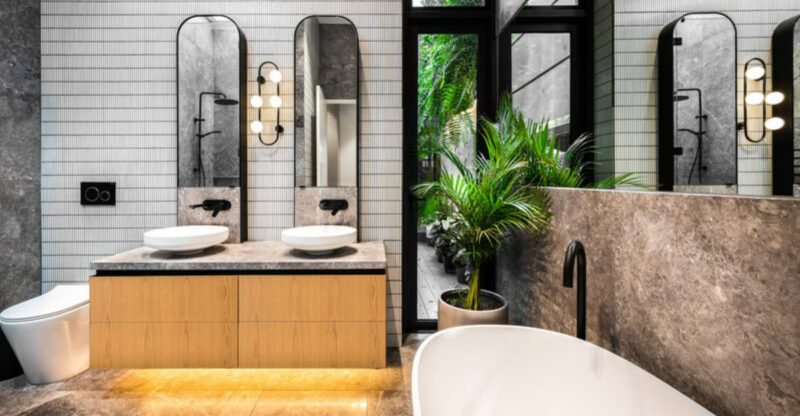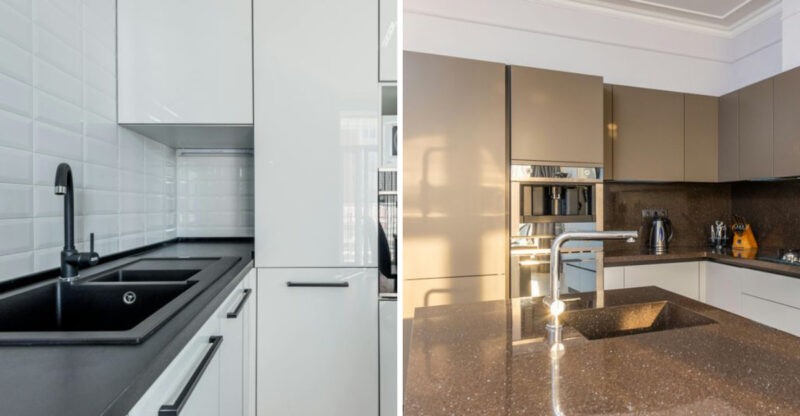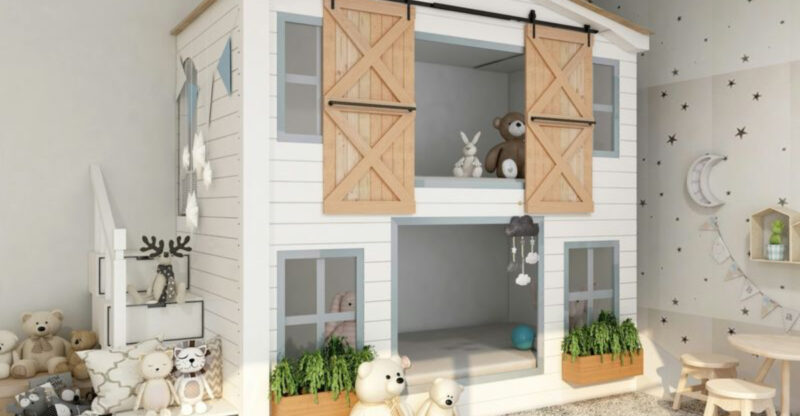Don’t Wait Until 2025 These Home Projects Will Only Get Pricier Next Year
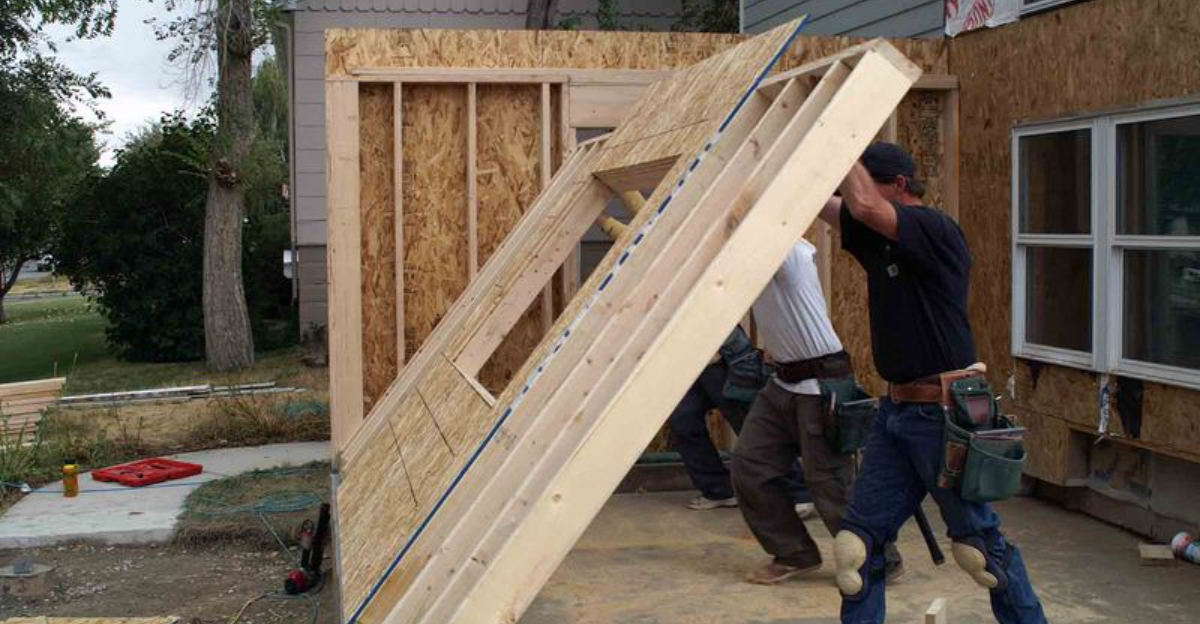
Thinking about upgrading your home? You might not want to wait.
Experts predict that in 2025, construction costs including materials, labor, and equipment will climb even higher due to ongoing supply chain issues, inflation, and rising demand.
Tackling those renovation projects now could save you thousands and boost your home’s value and efficiency before prices spike.
1. Upgrading to whole-home energy-efficient windows
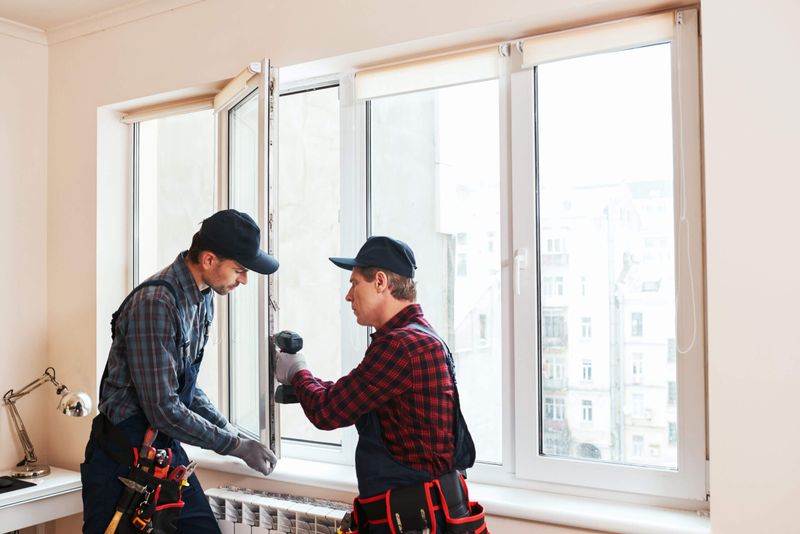
Material costs for quality window manufacturing continue to climb steadily. Factory production expenses are increasing due to energy costs and environmental regulations that affect how windows are made.
Labor shortages in the skilled installation sector mean fewer crews are available to meet growing demand. Many homeowners don’t realize that window technology improves yearly, making today’s models significantly better than those from even five years ago.
Current tax incentives and rebates might not be available next year, potentially adding thousands to your final bill. Plus, every month you wait means more energy dollars literally flying out your old, inefficient windows.
2. Installing EV charging stations
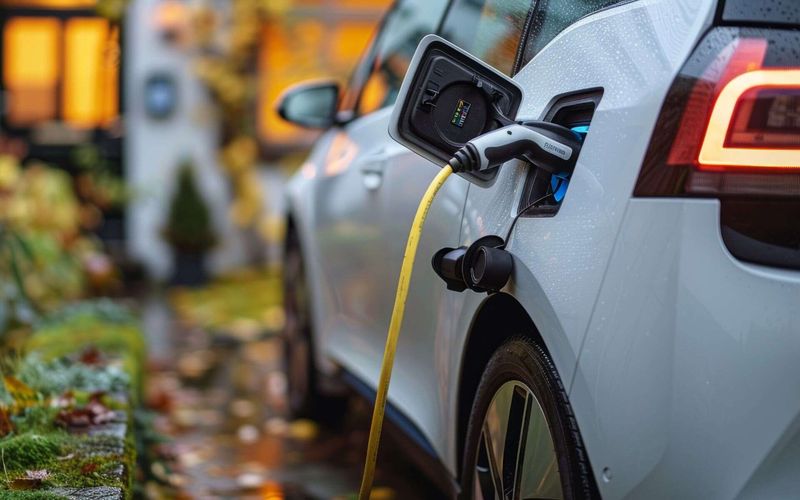
Demand for home EV chargers is skyrocketing as electric vehicle sales continue to surge worldwide. Electrical components needed for quality charging stations face ongoing supply constraints that aren’t expected to ease anytime soon.
Federal tax credits currently covering up to 30% of installation costs are scheduled to decrease next year. Most homeowners don’t realize that installation involves more than just the visible charging unit – it requires substantial electrical work that’s becoming more expensive.
Electricians specializing in EV installations are booking months in advance as more homeowners make the switch to electric. Getting ahead of this curve means securing both better pricing and earlier installation dates before the inevitable 2025 price hikes.
3. Adding solar panels
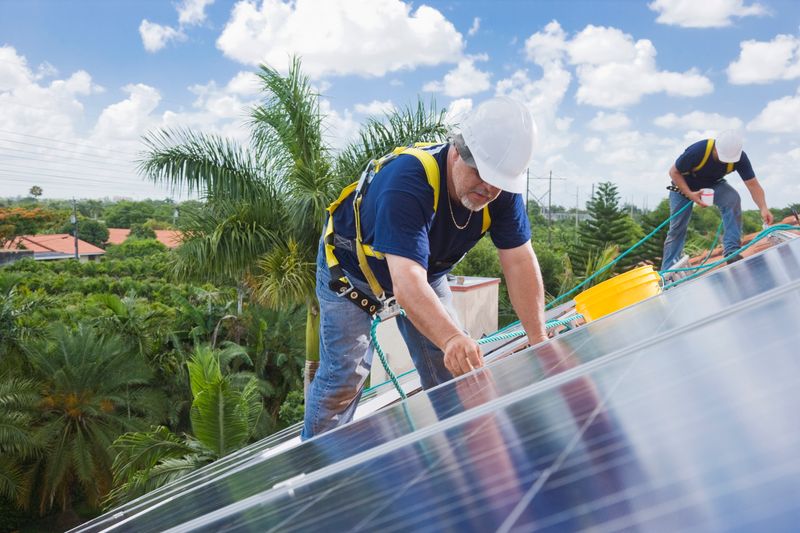
Solar panel demand has created a seller’s market where manufacturers can command premium prices. Raw materials for solar production especially high-grade silicon and silver face limited availability and rising costs that will continue into next year.
Installation teams are becoming harder to book as more homeowners recognize the long-term savings of solar energy. The gradual reduction of federal tax incentives means waiting could cost you thousands in lost rebates and credits.
Utility companies in many regions are changing their net metering policies, making earlier adoption more financially beneficial. When you factor in rising electricity costs nationwide, the financial equation strongly favors getting solar installed this year rather than waiting for the inevitable price increases coming in 2025.
4. Roof replacement with premium shingles
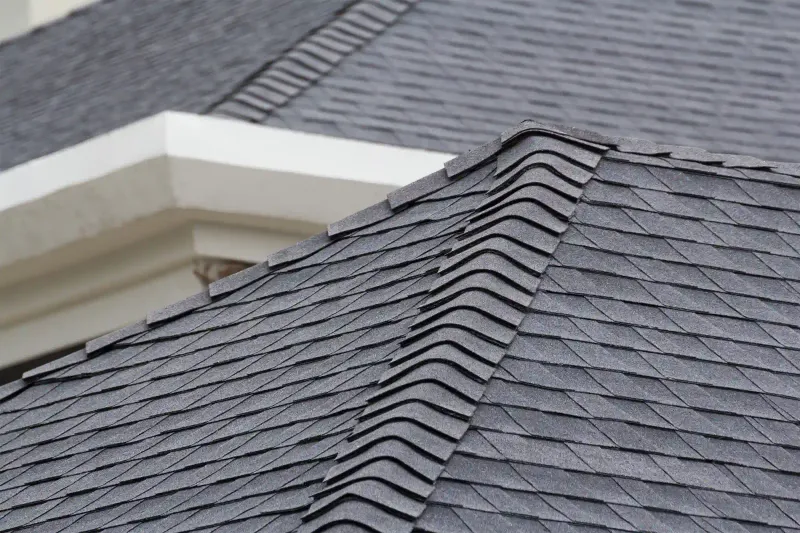
Petroleum-based roofing materials face significant price volatility due to oil market fluctuations and manufacturing costs. Hurricane seasons have been increasingly destructive, creating seasonal demand spikes that drive up pricing for quality shingles.
Insurance companies are tightening requirements for roof quality and age, making replacement more urgent for maintaining coverage. Many premium shingle manufacturers have already announced price increases scheduled for early 2025.
Skilled roofing crews remain in short supply nationwide, allowing companies to charge premium rates for quality installation. The gap between standard and architectural shingles is narrowing, making this an ideal time to upgrade to longer-lasting materials before prices climb even higher next year.
5. Foundation waterproofing
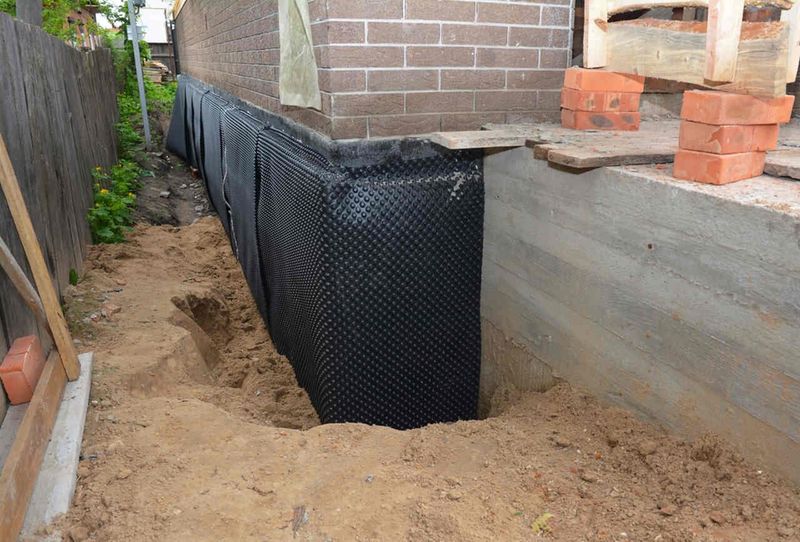
If your basement shows even minor moisture signs, addressing it now prevents costlier structural damage later. Specialized waterproofing materials have seen substantial price increases due to chemical component shortages and manufacturing challenges.
Climate change has brought more extreme weather patterns, increasing demand for these services nationwide. Most foundation companies report being booked months in advance, with premium pricing for rushed jobs becoming the norm.
Warranty coverage typically decreases as foundation issues worsen, making earlier intervention financially smarter. The specialized equipment needed for proper exterior waterproofing faces maintenance and fuel cost increases that contractors will pass to consumers in 2025. Acting now means securing better pricing before these inevitable increases take effect.
6. Full HVAC system replacement
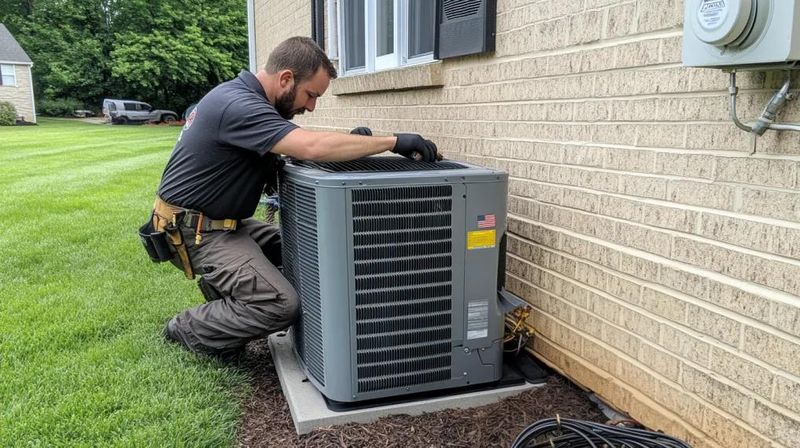
Manufacturing challenges for air conditioning components remain significant, especially for the computer chips that run modern efficient systems. New refrigerant regulations taking effect in 2025 will make older system replacements more expensive due to compatibility issues.
HVAC technicians continue to be among the most in-demand trades, commanding higher wages that translate to higher installation costs. Energy efficiency standards are tightening next year, meaning basic models available now will be upgraded (and pricier) in 2025.
Many manufacturers have already announced 8-12% price increases for next year’s models. Surprisingly, waiting just six months could cost you an additional $1,000-3,000 for the same heating and cooling capacity, making this one of the most time-sensitive home upgrades to consider.
7. Installing tankless water heaters
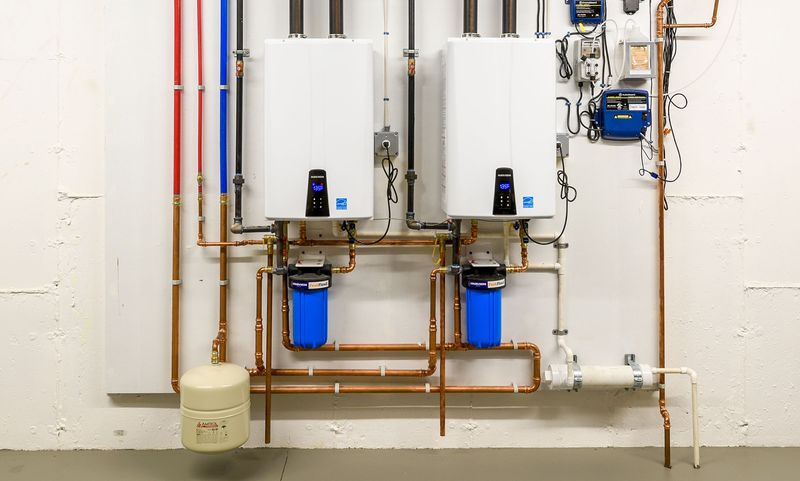
Natural gas prices are projected to rise significantly next year, affecting both the manufacturing and operating costs of these units. Supply chain disruptions continue to impact the specialized components needed for quality tankless systems.
Plumbers with experience installing these more complex units are charging premium rates due to high demand. Current energy efficiency rebates available in many states are scheduled to decrease in 2025.
Installation costs are rising faster than unit prices due to the specialized venting and gas line work often required. Manufacturers are introducing more advanced models next year, but with price points 10-15% higher than current offerings. Getting ahead of these increases means enjoying the endless hot water and energy savings sooner while paying less for the privilege.
8. Complete bathroom remodels
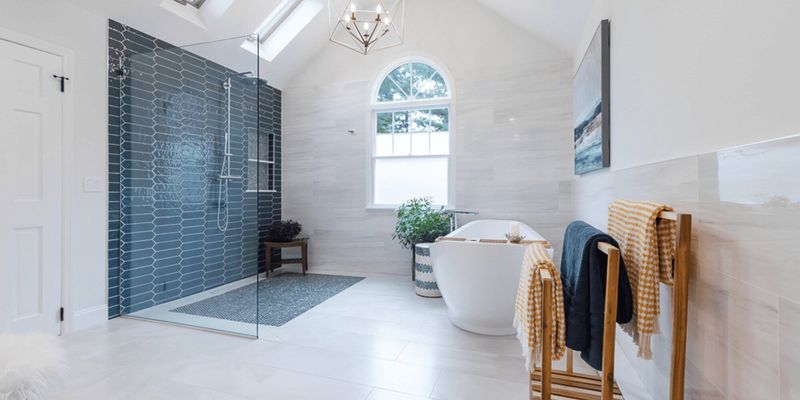
Bathroom fixtures have seen some of the most dramatic price increases of any home components due to materials and shipping costs. Custom glass for shower enclosures faces ongoing manufacturing challenges that have pushed lead times from weeks to months.
Tile production costs continue to rise globally, with specialty tiles seeing the steepest increases. Plumbers are booking further out than almost any other trade, with many now charging premium rates for even basic installations.
Waterproofing materials essential for proper shower installation have seen price hikes of 15-20% annually. Vanities and cabinetry face similar increases due to wood and hardware costs. Completing your bathroom remodel this year rather than next could save you thousands while giving you earlier enjoyment of one of your home’s most-used spaces.
9. Kitchen overhauls with high-end finishes

Premium countertop materials face significant extraction and shipping challenges that continue to drive prices upward. Cabinet manufacturers have announced multiple price increases for 2025 due to wood, hardware, and finishing material costs.
Appliance prices have stabilized somewhat but are expected to jump again as new efficiency standards take effect next year. Custom features like specialty drawers, lighting, and organizational systems see some of the steepest price increases in the kitchen category.
Labor for skilled cabinet installers and countertop fabricators commands premium rates due to high demand. Surprisingly, mid-range kitchens are seeing faster price increases than luxury ones, as mass-market suppliers struggle more with material costs than boutique manufacturers. Getting your kitchen done this year means enjoying better pricing before these increases take full effect.
10. Replacing siding with insulated fiber cement
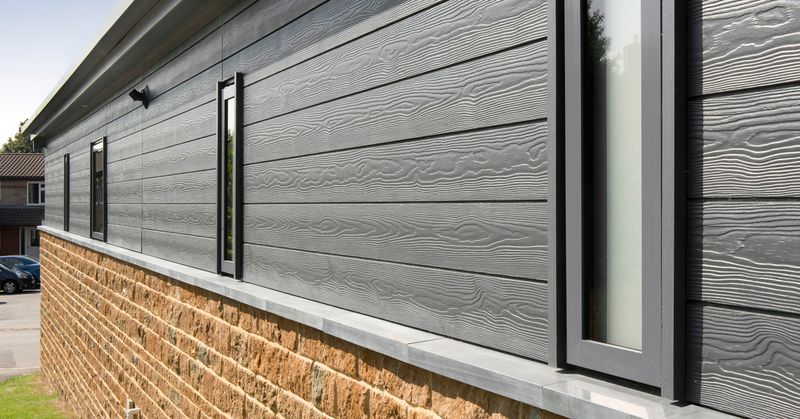
Cement-based products continue to see significant price increases due to manufacturing energy costs and raw material availability. The specialized equipment needed to cut and install fiber cement requires maintenance and replacement that drives up contractor costs.
Skilled siding crews are increasingly difficult to book as more homeowners upgrade from vinyl to more durable options. Insulation components integrated into premium siding systems face their own supply challenges and price increases.
Weather-resistant coatings applied during manufacturing are becoming more expensive due to chemical component costs. Factory painting, which provides superior durability compared to field painting, has seen price increases of 12-18% annually. Securing your siding project this year means locking in current pricing before these materials see their expected 2025 price jumps.
11. Major landscaping and hardscaping projects
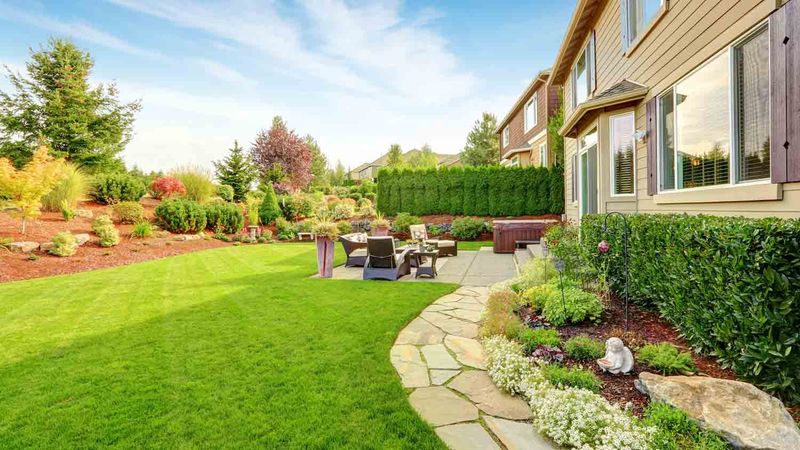
Natural stone prices continue to climb due to quarrying costs, transportation, and limited availability of premium materials. Concrete products face similar challenges, with manufacturers announcing price increases for pavers, blocks, and other hardscaping elements.
Mature plants and trees cost significantly more each year they grow at nurseries, with specimen sizes seeing the steepest increases. Heavy equipment rental rates are rising sharply due to fuel, maintenance, and replacement costs.
Landscape designers and installation crews are booking further out each year as demand for outdoor living spaces remains strong. Irrigation components face manufacturing challenges similar to other industries that rely on plastics and metals. Completing your landscape project this year means enjoying it sooner while paying less than you would for the same design next year.
12. Building home additions
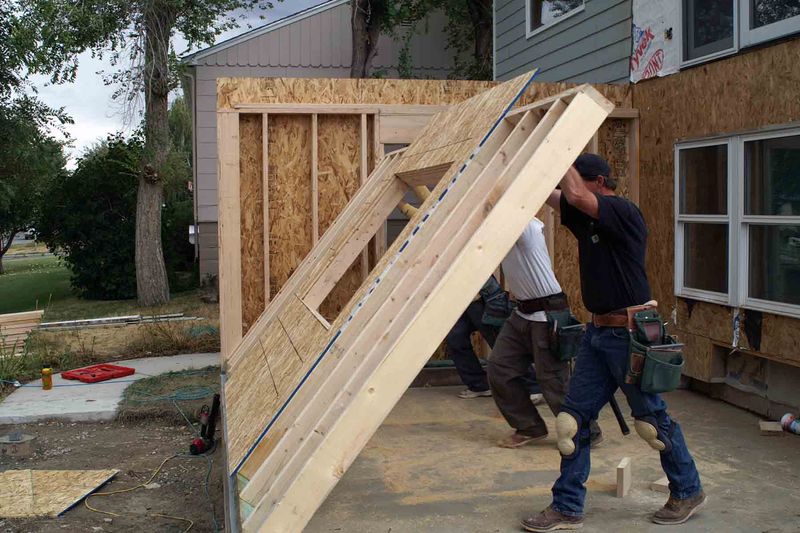
Lumber prices have stabilized somewhat but remain volatile and are projected to increase again next year. Concrete costs continue to rise steadily due to both materials and transportation expenses that affect foundation work.
Architectural and engineering services are commanding premium rates as these professionals face high demand. Permit fees in many municipalities are scheduled to increase in 2025 as local governments update their fee structures.
Window and door manufacturers have announced price increases for next year that will affect any addition project. Roofing materials needed to seamlessly tie in additions face the same upward price pressures as full roof replacements. Starting your addition project now means potentially saving tens of thousands compared to the same square footage next year.
13. Replacing or adding high-quality insulation
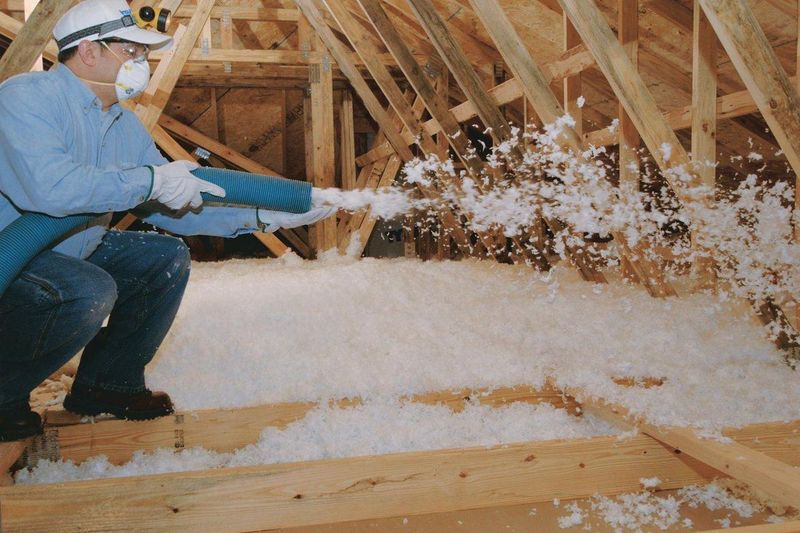
Raw materials for premium insulation products continue to face supply constraints and manufacturing challenges. Energy codes are becoming stricter, requiring higher R-values that necessitate either thicker insulation or more expensive high-performance products.
Specialized equipment for proper installation, like blowers for cellulose or spray foam rigs, faces maintenance and replacement costs that contractors pass along. Many utility companies are reducing their insulation rebate programs for 2025, making this year financially advantageous for upgrades.
Air sealing materials that complement insulation for maximum efficiency are seeing similar price increases. Professional energy audits that should precede major insulation work are booking months in advance in many regions. Completing your insulation project this year means immediate energy savings plus lower project costs compared to waiting.
14. Upgrading electrical panels for higher capacity
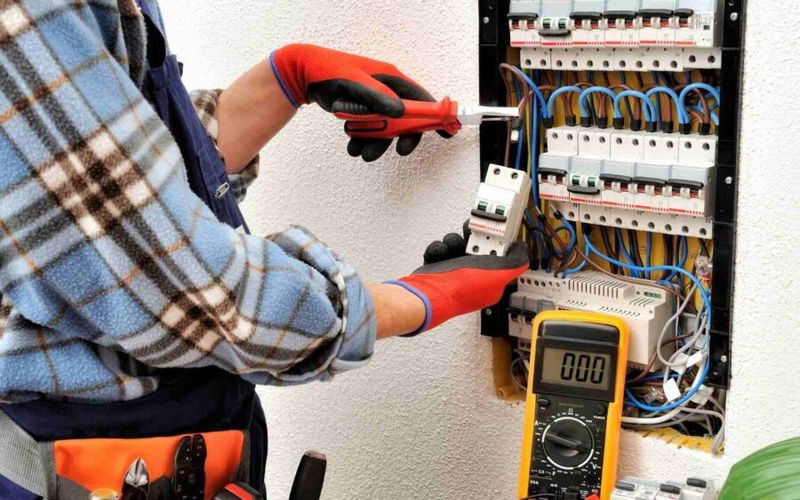
Electrical panels and components face ongoing manufacturing challenges and material shortages that drive prices upward. Copper wiring specifically has seen dramatic price increases that show no signs of stabilizing in the near future.
Skilled electricians remain among the most difficult contractors to book as demand for their services continues to outpace supply. New electrical code requirements taking effect in many regions next year will make basic panel upgrades more complex and expensive.
Insurance companies are increasingly requiring electrical upgrades for older homes, making these projects non-optional for many homeowners. The growing adoption of electric vehicles, induction cooking, and other high-draw appliances makes panel capacity more critical than ever. Securing your electrical upgrade this year means better pricing and earlier completion than waiting for 2025’s inevitable cost increases.
15. Smart home wiring and automation prep
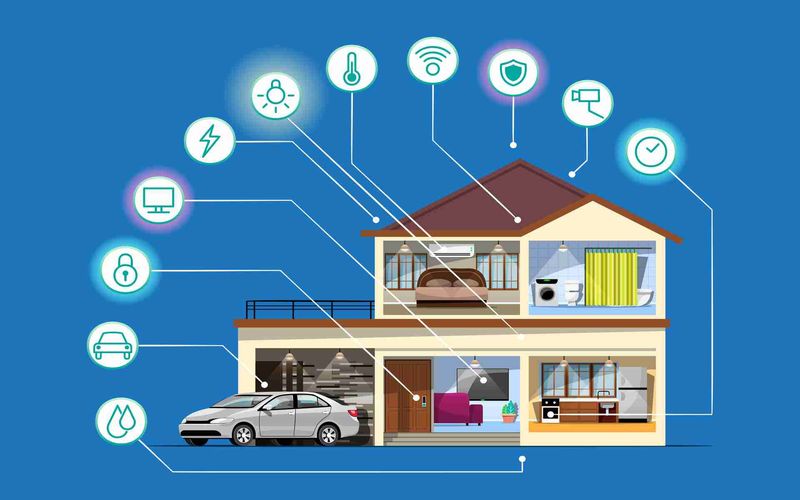
Specialized low-voltage wiring faces the same material cost increases as standard electrical components. Microchips and control systems central to smart home functionality continue to face manufacturing challenges and limited availability.
Technicians with expertise in both electrical and networking systems command premium rates due to their specialized knowledge. Many smart home components require professional programming that adds to overall system costs.
Future-proofing your home now means installing conduit and access points that make later upgrades easier and less expensive. Waiting often means paying for multiple system upgrades as technology evolves. Getting your smart home infrastructure installed this year means enjoying the convenience sooner while paying less than you would for the same capabilities next year after price increases take effect.

